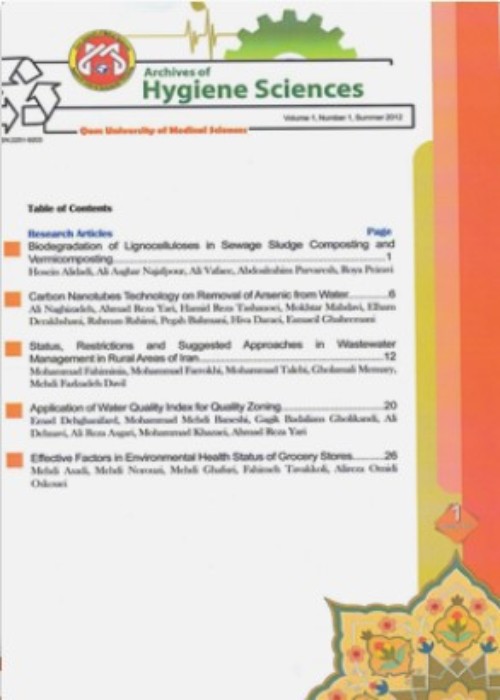Investigating Response Priorities in Oil Pollution Emergencies in an Unloading and Loading Dock Using McKinsey’s 7s Gap Analysis Method
The most critical environmental challenge of maritime transport in recent decades has been oil pollution. The present study was carried out to identify and determine the rate and ranking of oil pollution in the unloading and loading dock of Imam Khomeini Port by the Development Approach of the Management Model of Prevention and Response against Pollution in Emergencies in 2020.
In the present descriptive-applied study, the criteria and sub-criteria influencing in prioritizing responses in oil spill emergencies in the unloading and loading dock of Imam Khomeini Port were identified by the documentary method, prioritized based on the technique for order performance by similarity to ideal solution (TOPSIS) multi-criteria decision-making method, and scored by 10 experts. McKinsey’s 7s gap analysis method was also used to estimate the gap between the current and the ideal situation.
Out of 18 oil pollution scenarios, 4 were determined as emergencies. Conservation of environmental resources in case of an accident and determination of responsibility before accidents occur, with mean scores of 4.4 and 4.35, were determined as the most important agendas for planning in emergencies. In the gap analysis process with McKinsey’s method and the output spider web model, 7 components of strategy (1.65), skills (1.75), staff (2.2), management style (2.27), shared methods (2.38), structure (2.54), and system (2.79) were determined as the emergency response plan priorities.
The study’s results showed that while several factors can result in oil pollution emergencies in the unloading and loading dock of Imam Khomeini Port, there is no ideal situation for managing these threats based on gap analysis.
-
Applying Network Analysis to the Planning of Urban Green Spaces (Case Study of Ahvas Metropolis)
Sorour Shafieinejad, Fateme Poodat, *
Human & Environment, -
Identification of Environmental, Social, Economic and Physical Components of Sustainability in Small Cities, Case Study: Likak City
Ghobad Zarinmanesh, *
Journal of Urban Ecology Researches,



